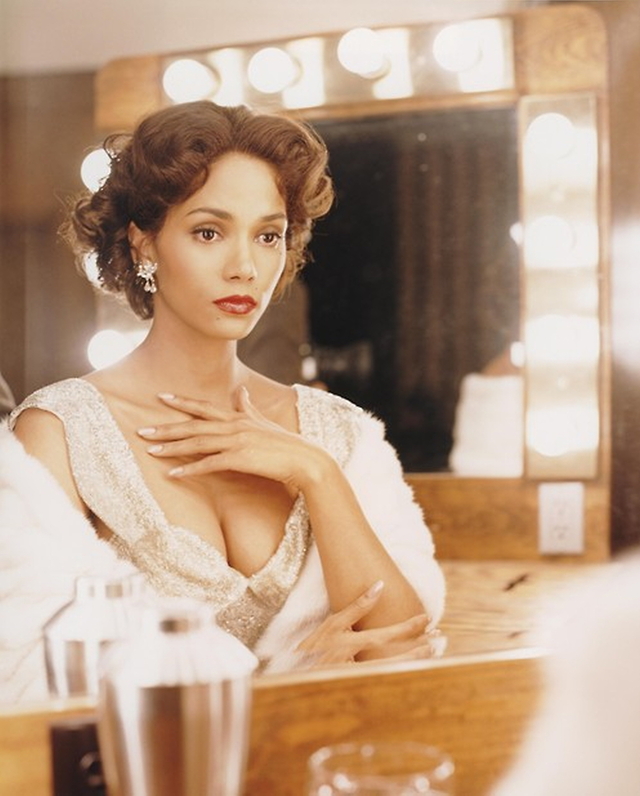Dorothy Dandridge was more than just a talented actress and singer; she was a trailblazer who shattered racial barriers in Hollywood. As the first African American woman to be nominated for an Academy Award for Best Actress, she paved the way for future generations of performers. Her story, filled with both triumphs and struggles, is a testament to her resilience and talent.
Early Life and Entry into Show Business
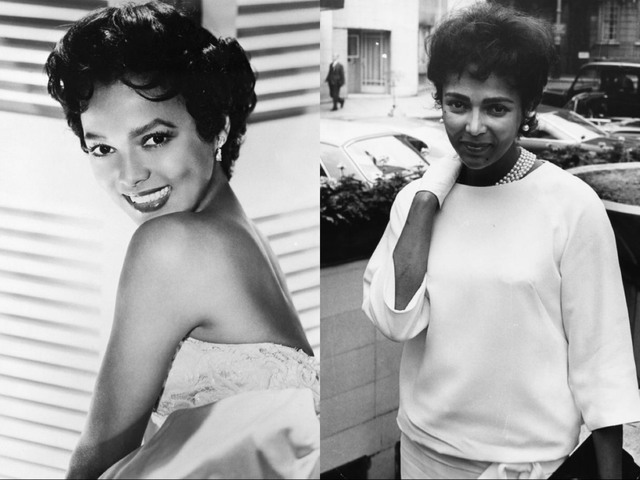
Born on November 9, 1922, in Cleveland, Ohio, Dorothy Jean Dandridge’s early life was far from glamorous. Her mother, Ruby Dandridge, was an aspiring actress who left Dorothy’s father before she was born. Raised by her mother and her mother’s partner, Geneva Williams, Dorothy endured a strict and often harsh upbringing.
From a young age, Dorothy was pushed into show business alongside her sister Vivian. The duo, known as “The Wonder Children,” performed in Black churches across the South. This early exposure to the stage planted the seeds of Dorothy’s future stardom. However, it also introduced her to the harsh realities of racial segregation, as the sisters often performed in venues that excluded them from basic facilities due to their skin color.
In the 1930s, the Dandridge family moved to Los Angeles, where Dorothy’s career took a new turn. Along with her sister and their friend Etta Jones, Dorothy formed the Dandridge Sisters, a musical group that gained popularity by performing at prestigious venues like Harlem’s Cotton Club. Despite the glamour of these performances, Dorothy was constantly reminded of the pervasive racism in the industry.
Video:
Breakthrough as a Hollywood Star
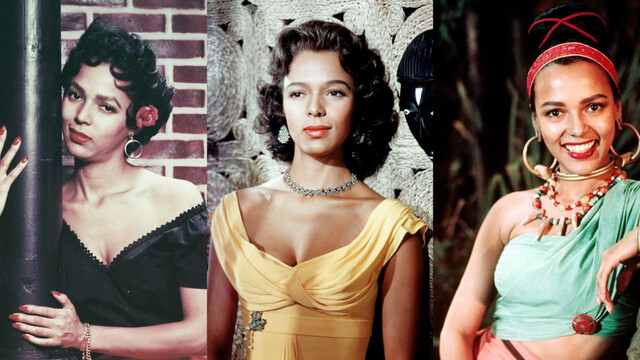
Dorothy’s first appearances in film were small roles alongside her sister, including a brief appearance in the Marx Brothers’ A Day at the Races (1937). However, her career truly took off in the 1940s when she began performing solo. Her beauty, poise, and undeniable talent quickly caught the attention of audiences and filmmakers alike.
In 1953, Dorothy landed her first starring role in Bright Road, where she played a dedicated schoolteacher opposite Harry Belafonte. This film set the stage for her breakout role in Carmen Jones (1954), a film adaptation of Bizet’s opera Carmen. Dorothy’s portrayal of the fiery and captivating Carmen showcased her acting range and cemented her status as a star. Her performance earned her a historic Academy Award nomination for Best Actress, making her the first African American woman to achieve this honor.
Although Dorothy did not win the Oscar, her nomination was a landmark moment in Hollywood history. It proved that Black actresses could excel in leading roles, challenging the stereotypes and limited opportunities that had long plagued the industry.
Challenges in a Segregated Hollywood
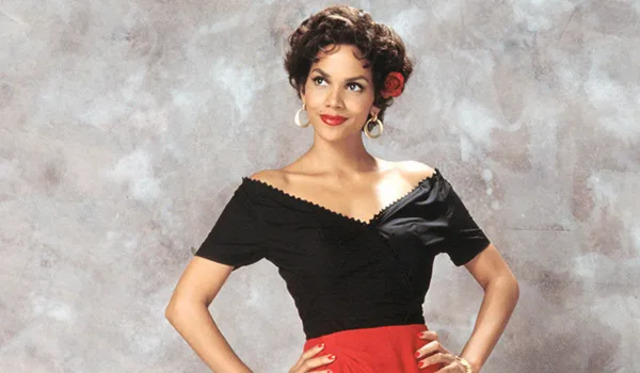
Despite the acclaim she received for Carmen Jones, Dorothy’s path to sustained success was anything but easy. Hollywood’s systemic racism and lack of diversity limited the roles available to her. Unlike her white contemporaries, Dorothy was often denied the opportunity to play leading roles in major productions.
She famously turned down the role of Tuptim in The King and I (1956) because she refused to portray an enslaved character. While this decision reflected her integrity, it also highlighted the difficult choices Black actors faced when navigating an industry rife with prejudice. Dorothy once lamented, “If I were Betty Grable, I could capture the world.”
Even when she did secure roles, they often reinforced racial and sexual stereotypes. Films like Island in the Sun (1957) and Tamango (1958) failed to showcase her full potential, focusing instead on themes of interracial romance that were controversial at the time. Hollywood’s inability to create meaningful roles for Dorothy was a stark reminder of the barriers she faced.
Personal Life and Relationships
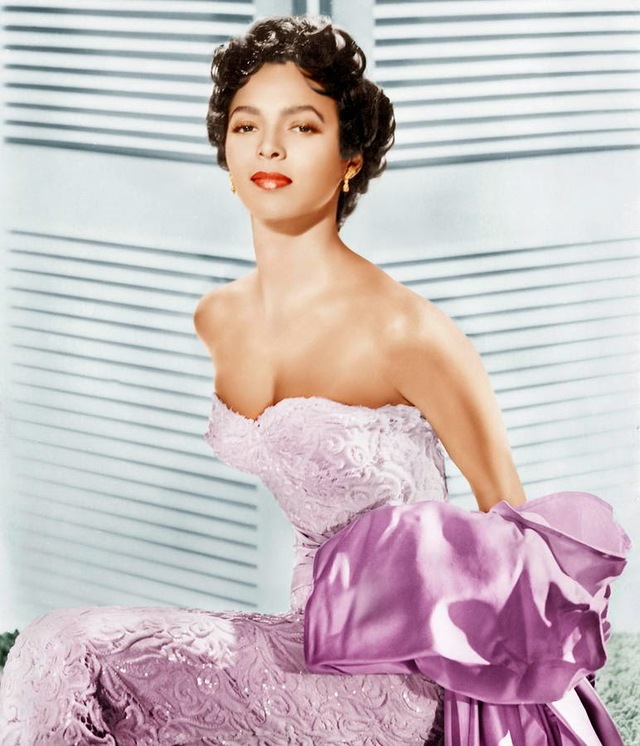
While Dorothy’s professional life was groundbreaking, her personal life was marked by challenges. In 1942, she married Harold Nicholas, a dancer from the famous Nicholas Brothers duo. Their marriage was troubled from the start, with Nicholas reportedly being unfaithful. The couple’s daughter, Harolyn, was born with brain damage, adding further strain to their relationship. Dorothy eventually sought expensive private care for her daughter, which placed financial pressure on her.
After her divorce from Nicholas in 1951, Dorothy found love again with Jack Denison, whom she married in 1959. Unfortunately, this relationship was also tumultuous. Denison was reportedly abusive and mismanaged Dorothy’s finances, leading to her financial downfall. By the early 1960s, Dorothy faced bankruptcy and was forced to resume nightclub performances to make ends meet.
Later Career and Struggles
As Hollywood’s interest in her waned, Dorothy’s career entered a difficult phase. Her final major film role was in Porgy and Bess (1959), where she starred opposite Sidney Poitier. Although the film was critically acclaimed, it did little to revive her career.
Financial troubles and personal setbacks took a toll on Dorothy’s mental health. She began drinking heavily and relying on antidepressants, struggling to cope with the pressures of her declining career. In 1963, she was forced to place her daughter in a state institution due to financial constraints, a heartbreaking decision that deeply affected her.
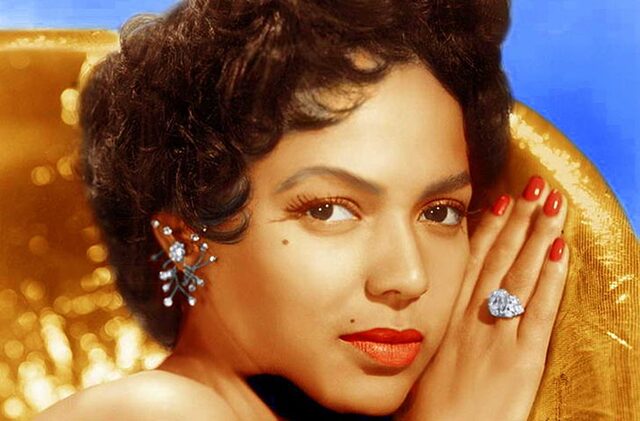
Tragic End and Lasting Legacy
On September 8, 1965, Dorothy Dandridge was found dead in her Hollywood apartment at the age of 42. Her death was initially attributed to an embolism, but further investigation suggested an overdose of antidepressants. At the time of her death, Dorothy had only $2 in her bank account, a tragic contrast to the heights of fame she once enjoyed.
Despite her untimely passing, Dorothy’s legacy endures. In the late 1990s, interest in her life and career was reignited with the release of Donald Bogle’s biography Dorothy Dandridge and a retrospective of her films in New York City. Halle Berry’s portrayal of Dorothy in the 2000 film Introducing Dorothy Dandridge brought her story to a new generation, earning Berry a Golden Globe and an Emmy Award.
Conclusion
Dorothy Dandridge’s life was a complex tapestry of triumphs and trials. As a pioneer for African American actors in Hollywood, she broke barriers and opened doors for those who followed. Her talent, beauty, and resilience continue to inspire, reminding us of the progress made and the challenges that remain in the pursuit of equality in the entertainment industry. Dorothy’s story is a poignant reminder of the cost of greatness, but it also serves as a celebration of her enduring impact on Hollywood and beyond.
